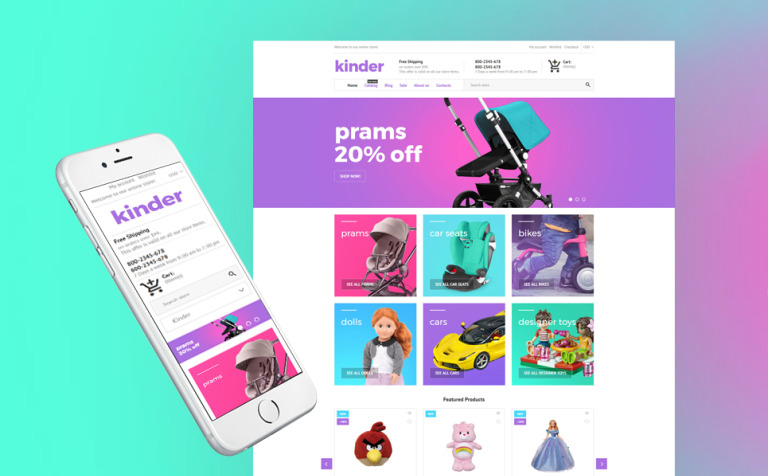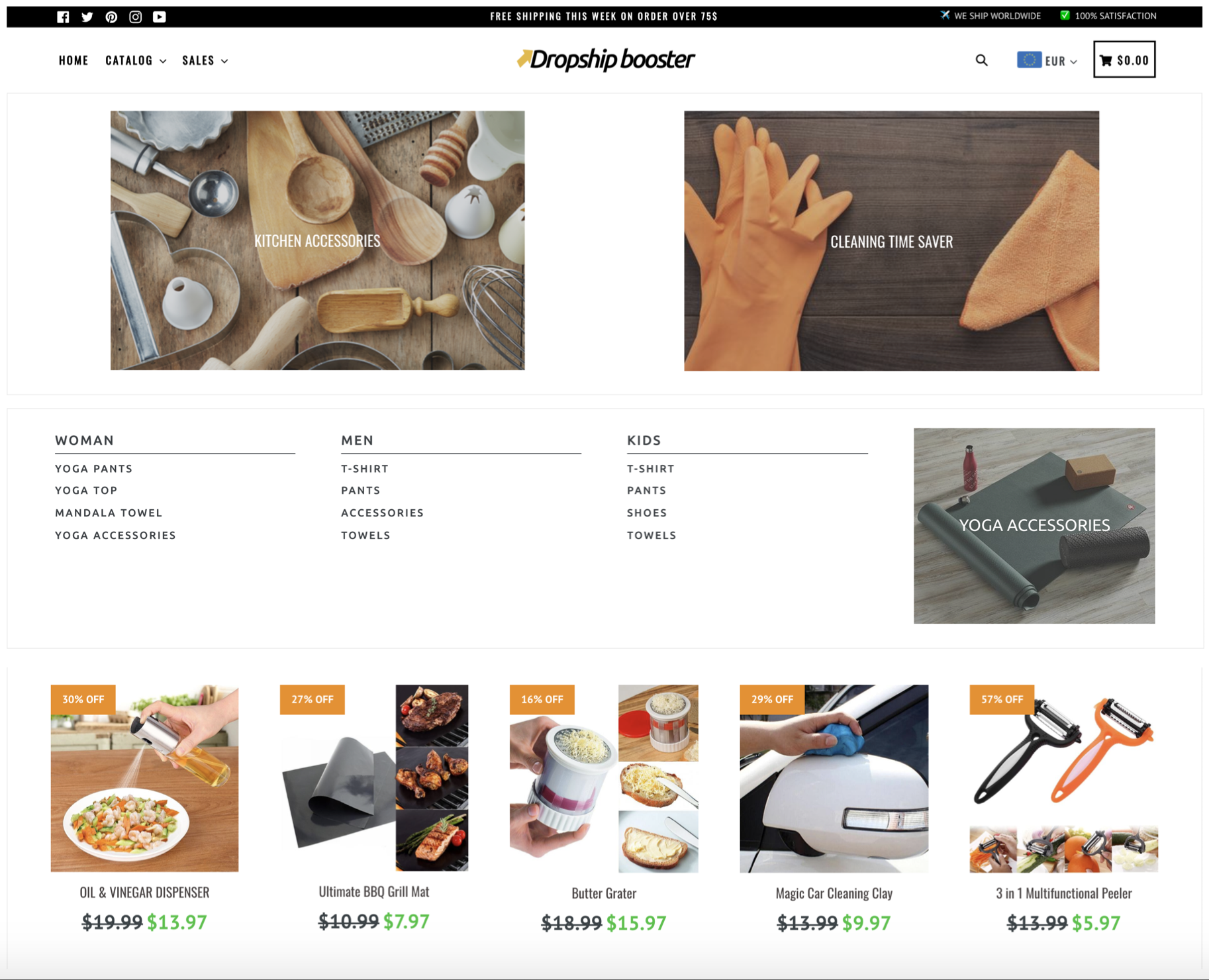Or go to our Shopify Theme Detector directly
How to Add Captcha on your Shopify Blog
Last modified: April 18, 2024

Are you looking to protect your Shopify blog from spam comments and bots that will add undesirable content to your website? Then you might want to add a Captcha to your website for basic protection. This can be easily done without any Shopify apps. However, this will require you to know some coding.
Here are the steps that you can use to add the code to your website.
| # | Name | Image | |
|---|---|---|---|
| 1 |

|
Kinder
|
|
| 2 |

|
Maker
|
|
| 3 |

|
Booster
|
|
| 4 |

|
Blockshop
|
|
| 5 |

|
Retina
|
|
| 6 |

|
Supply
|
|
| 7 |

|
Broadcast
|
|
| 8 |

|
Mobilia
|
|
| 9 |

|
Parallax
|
|
| 10 |

|
Ira
|
|
|
Show More
|
|||
Step 1 – Log In
The first thing is to log into your Shopify website using your credentials.
Step 2 – Themes
Now you can go to the ‘Themes’ section of your website design and then enter the Template Editor.
Step 3 – Article Coding
Now you can go to the file that is labelled ‘article.liquid’. Within this file you need to add the following code to the file.
<script type="text/javascript">
$(document).ready(function() {
var n1 = Math.round(Math.random() * 10 + 1);
var n2 = Math.round(Math.random() * 10 + 1);
$("#question").val(n1 + " + " + n2);
$(".comment-form").submit(function (e) {
if (eval($("#question").val()) != $("#answer").val()) {
$("#answer").css('box-shadow', '0px 0px 7px red');
e.preventDefault();
}
});
});
</script>
Now you also need to add this code to the end of the form.
<div>How much is: <input id="question" disabled="disabled" type="text" />Answer:* <input id="answer" type="text" /> </div>
When you’ve added all the changes to your website, you can save the document for the changes to be made to your blog.
Alternatively Options to the Code
Another option is to use an app on your Shopify store. One of the best options for this is the Shop Protector app. This is a good tool that can protect not just your website’s blog but also other parts of your website.
Why Use Captcha?
There are many reasons why you might want to use Captcha on your website. For one, hackers can be kept out of your website, and it can prevent them from adding lots of content to your website that can detract from the look and professionalism of your website. This can include comments that look dodgy and links that can be harmful to your customers.
Captcha can also improve the security and protection of those shopping on your website and can improve the trust you have with your customers.
Finally, you can also improve the integrity of your website. When you run polls or have analysis, you can reduce the fake responses and entries on your website. This can also save you time on contact forms.
Limitations of Captcha
However, there are some Captcha limitations. The first is that the bot that is accessing your website is not familiar with the post URL and fills the data instead of posting to the post URL. Another problem is that the bot needs to use JavaScript.
Also, it doesn’t provide your website with protection from those who are manually trying to spam you or attack your website.
Conclusion: How to Add Captcha on Your Shopify Blog
Here are the instructions on how to add CAPTCHA to your Shopify blog. There is also an option for adding more protection across your website with an app. This can help you perform better and spend less time on your website management by getting rid of bot responses on content.
By adding a CAPTCHA, you create an additional layer of security that distinguishes human users from automated programs or bots. This simple yet effective measure can significantly reduce the spam comments, which not only clutter your blog but may also contain malicious links or content that could compromise your website’s integrity and lead to potential fraud.
Moreover, implementing a CAPTCHA can deter hacking attempts by making it more difficult for automated scripts to gain unauthorized access to your website. This added security measure can protect your blog from potential hacks, safeguarding your content, user data, and overall website security.
In the event of a successful hack, a CAPTCHA can also aid in the recovery process by limiting further unauthorized access and preventing additional damage. In addition to preventing fraud, spam, and hacking attempts, a CAPTCHA can also enable two-step verification for heightened security.
By requiring users to complete the CAPTCHA challenge before accessing certain areas of your website or completing specific actions, you can ensure that only legitimate human users are able to proceed, further enhancing the overall safety and security of your Shopify blog.
Implementing a CAPTCHA on your Shopify blog aligns with Shopify’s commitment to providing a secure and safe platform for its users. By taking this additional security measure, you can contribute to Shopify’s efforts in maintaining a reliable and trustworthy online environment for e-commerce and content creation.
-
How often should I update the Captcha on my Shopify blog?
Regular updates aren’t typically necessary for Captcha, but staying informed about new security threats and updating accordingly is a good practice.
-
Can I customize the appearance of Captcha on my Shopify blog?
Yes, the appearance of Captcha can be customized to some extent to match your blog’s design, especially if you’re coding it manually.
-
Can Captcha on my Shopify blog deter genuine users or customers?
If not implemented thoughtfully, Captcha can be a hurdle for genuine users. It’s important to ensure it is user-friendly while being effective against bots.




 PageFly Landing Page Builder
PageFly Landing Page Builder  Shopify
Shopify  SEMrush
SEMrush  Website Maintenance
Website Maintenance  UpPromote
UpPromote